Where have Tangra’s Chinese Tanneries gone?
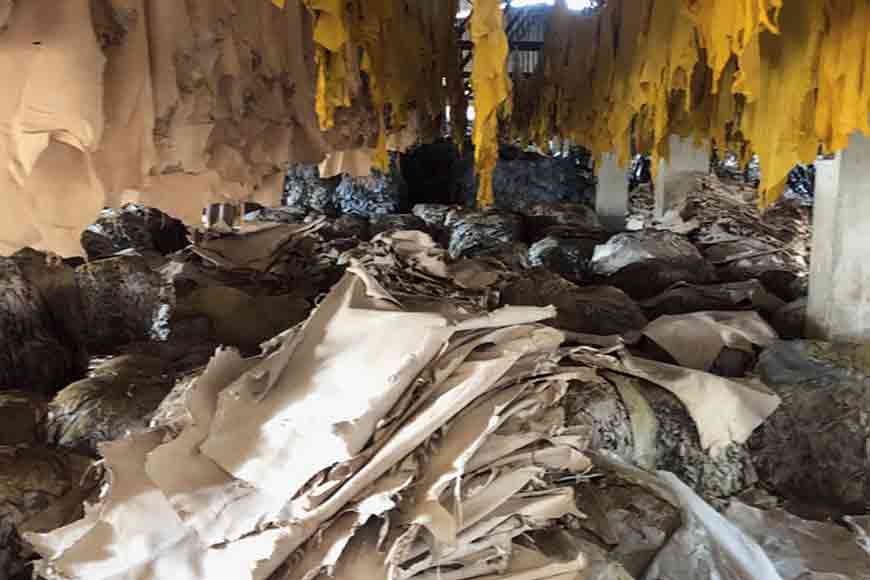
Have you ever wondered, why couldn’t the confident high walls of Kolkata’s Chinatown protect the fading Chinese community and their tanneries from the passing destructive time? Well, the reasons are plenty. Tangra's marshy wetlands situated in the outskirts of Calcutta was named after a local fish called ‘Tengra’ was found in the waters of this area. Both Topsia and Tangra became a part of Calcutta in 1717 when the British East India company rented 55 villages from Nawab Mir Zafar in this area. The villages collectively known as the 'Dihi Panchanangram' is what you see as Tangra today.
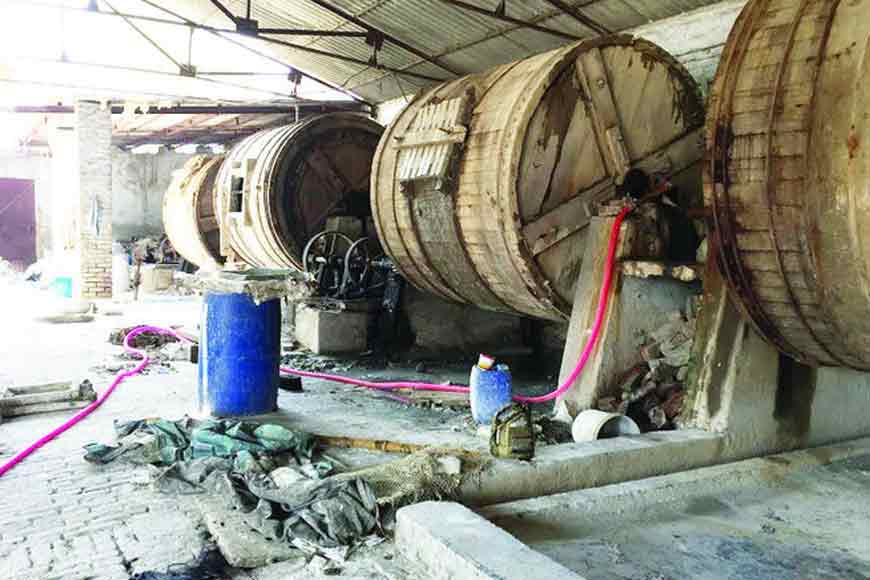
In late 18th century the Chinese immigrated to Kolkata. Around 1910 few Chinese shoe-makers settled in the marshy wetlands and concentrated on leather production business. By 1950 they developed the place into a China Town for the need to fit in the Chinese community out of necessity and many more started settling in the area. As Xiang Hu, a resident of the area since generations pointed out: ‘During World War II there was a huge demand of raw hide and this situation changed the fortunes of the Chinese entrepreneurs of Tangra. The Chinese tanneries increased and with that the entire neighborhood began to change. While tanneries were set on the ground floor, the Chinese factory owners lived on the upper floors in posh environment. There were facilities for workers and their families, they built their own schools for educational development and the mini-Chinatown of Kolkata flourished.’
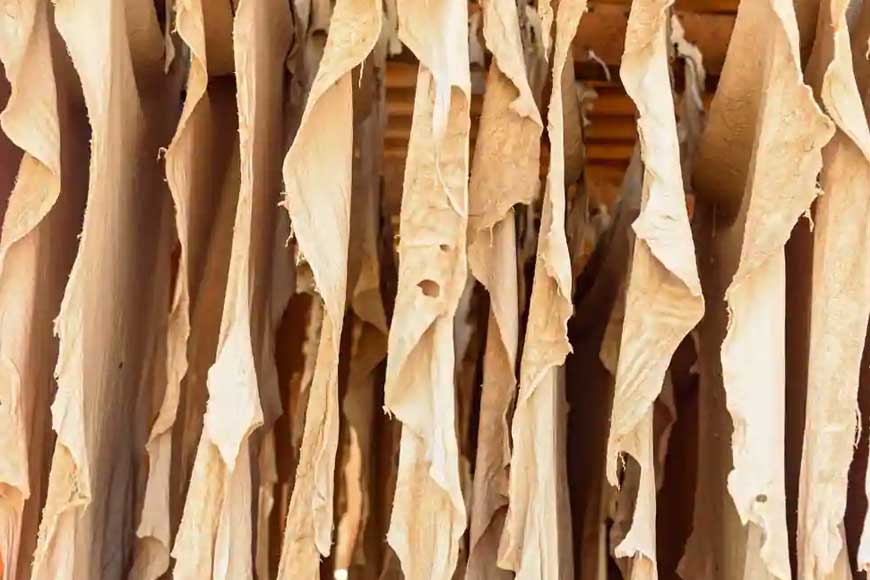
In late 18th century the Chinese immigrated to Kolkata. Around 1910 few Chinese shoe-makers settled in the marshy wetlands and concentrated on leather production business. By 1950 they developed the place into a China Town for the need to fit in the Chinese community out of necessity and many more started settling in the area.
But fate played otherwise. The Sino- Indian border conflict of 1964 played spoilsport and the restrictions imposed on traveling by 1970's forced many Chinese to migrate elsewhere. The population declined from 10,000 in 1960 to just 5,000 in a matter of years and with the Environment bodies forcing the tanneries out of Tangra due to pollution, the last nail was dug in their coffins. ‘Hu’s neighbour Xing Ling who has a Chinese eatery said: ‘Our children reaslised they had no future in business here as the need for leather also declined. So they emigrated to places like Australia and Canada.’ Today, the population is a little around 2,500.
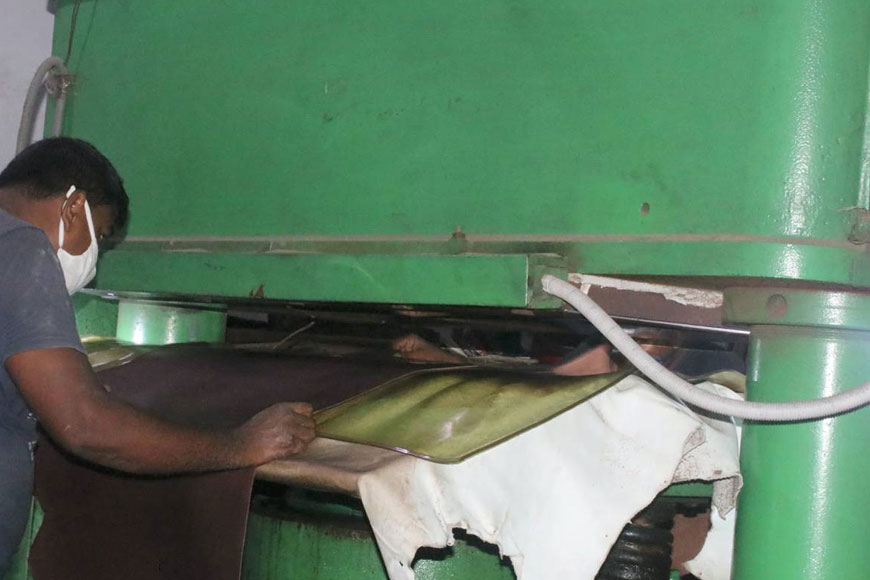
Political, economic and environmental factors led to the decline of this historical area too. Out of 550 only 230 Chinese tanneries were left. These few left out survivors will also be soon evacuated by a Supreme Court order. In 1992 the West Bengal Pollution Control Board had issued a show cause notice that demanded to close down the tanneries which were creating high pollution. 90% of them use the Chrome process as opposed to ‘Vegetable’ process used in Western World. This leads to potential pollution to waterbodies around. Many such tanneries were operating without the approval of the West Bengal Pollution Control Board. On December 1996 the Apex Court ordered the relocation of all the tanneries to Calcutta Leather Complex set up by the State Government.
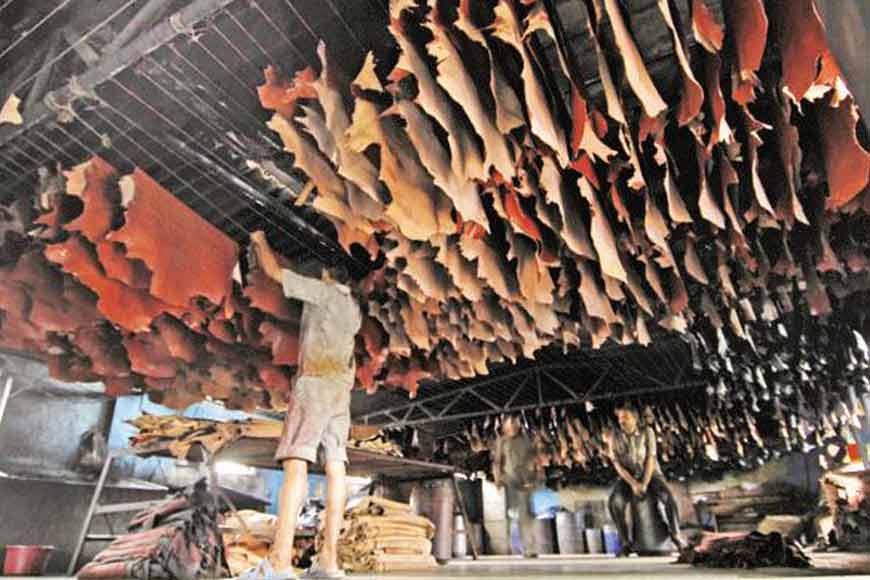
Political, economic and environmental factors led to the decline of this historical area too. Out of 550 only 230 Chinese tanneries were left. These few left out survivors will also be soon evacuated by a Supreme Court order. In 1992 the West Bengal Pollution Control Board had issued a show cause notice that demanded to close down the tanneries which were creating high pollution.
Even if Tangra has majorly lost its erstwhile Chinese tanneries, there are still some in the new Leather Complex who have held on to their mettle. They are engaged in the manufacture of high quality finished leather for bags, wallets, purses, portfolios, shoes, etc. They specialize in the manufacture of Eco-friendly leathers. These are leathers in the making of which chemicals that are harmful to either humans or the environment are avoided. Thus, chemicals such as chrome, formaldehyde, heavy metals (aluminium, arsenic, cobalt, copper, nickel etc), alkyl phenol ethoxylates, short chain chlorinated paraffins, volatile organic compounds, and a host of other harmful chemicals are avoided.
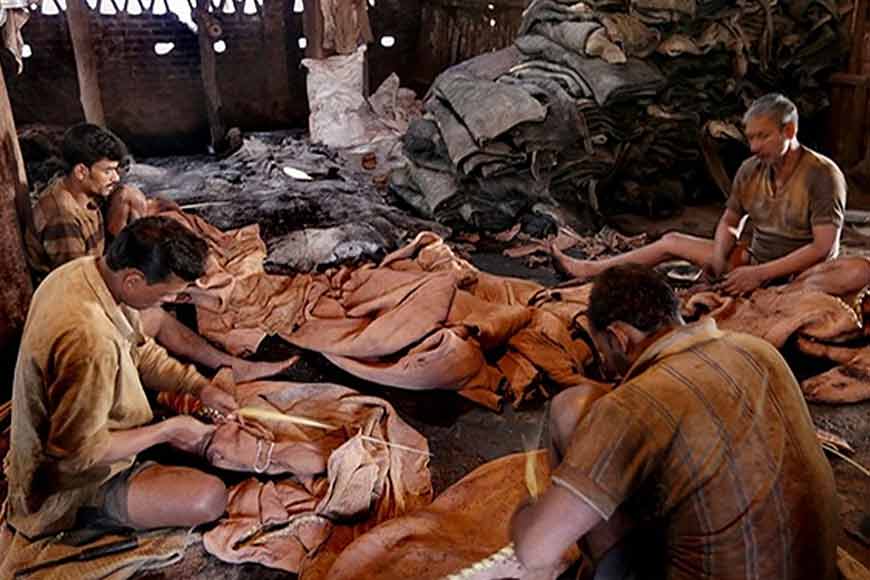
Today these running few tanneries due to their excellence of execution has made a one stop solution for many buyers from India as well as abroad. But the Chinese tanneries of Tangra have faded away and some are still striving to survive.










